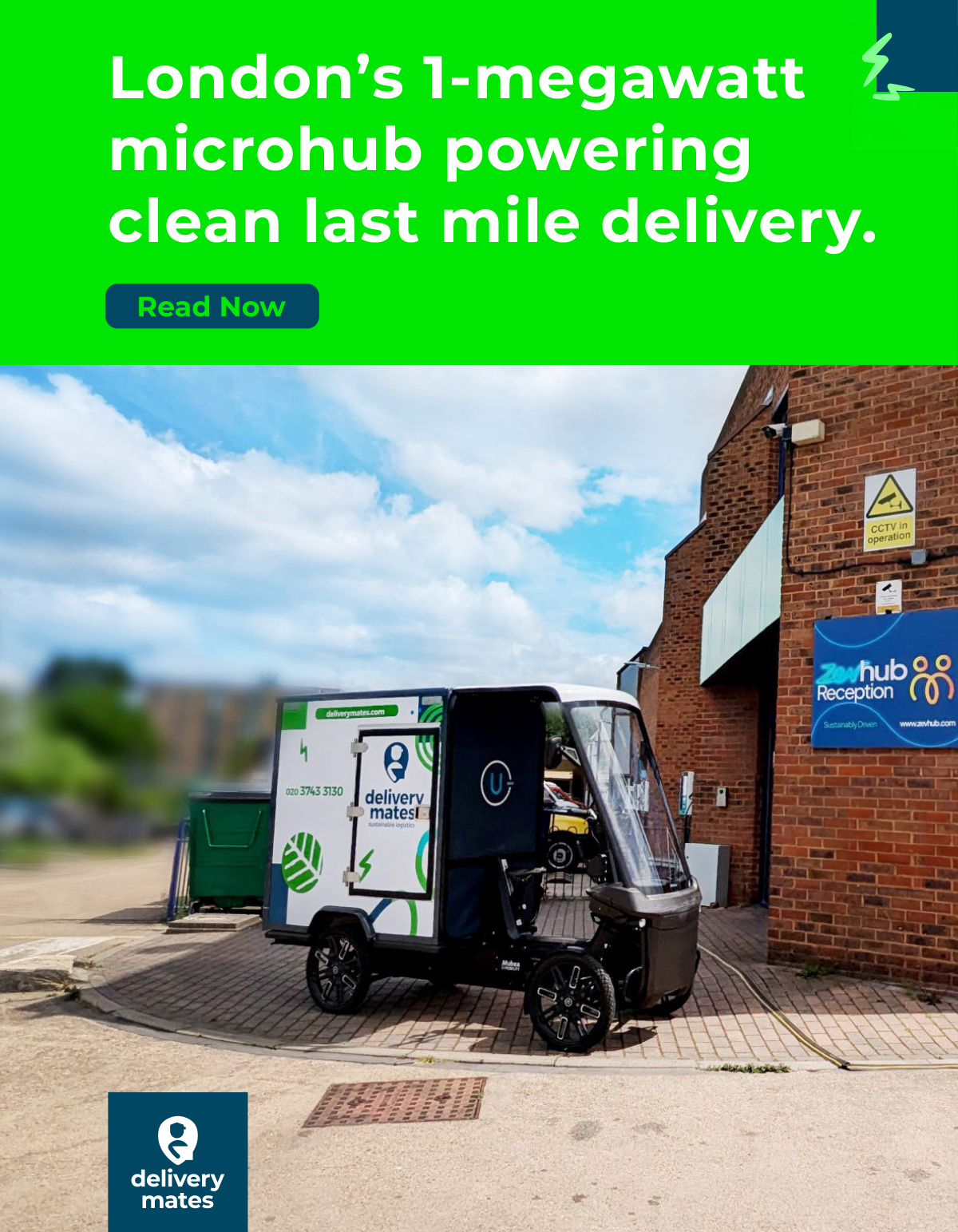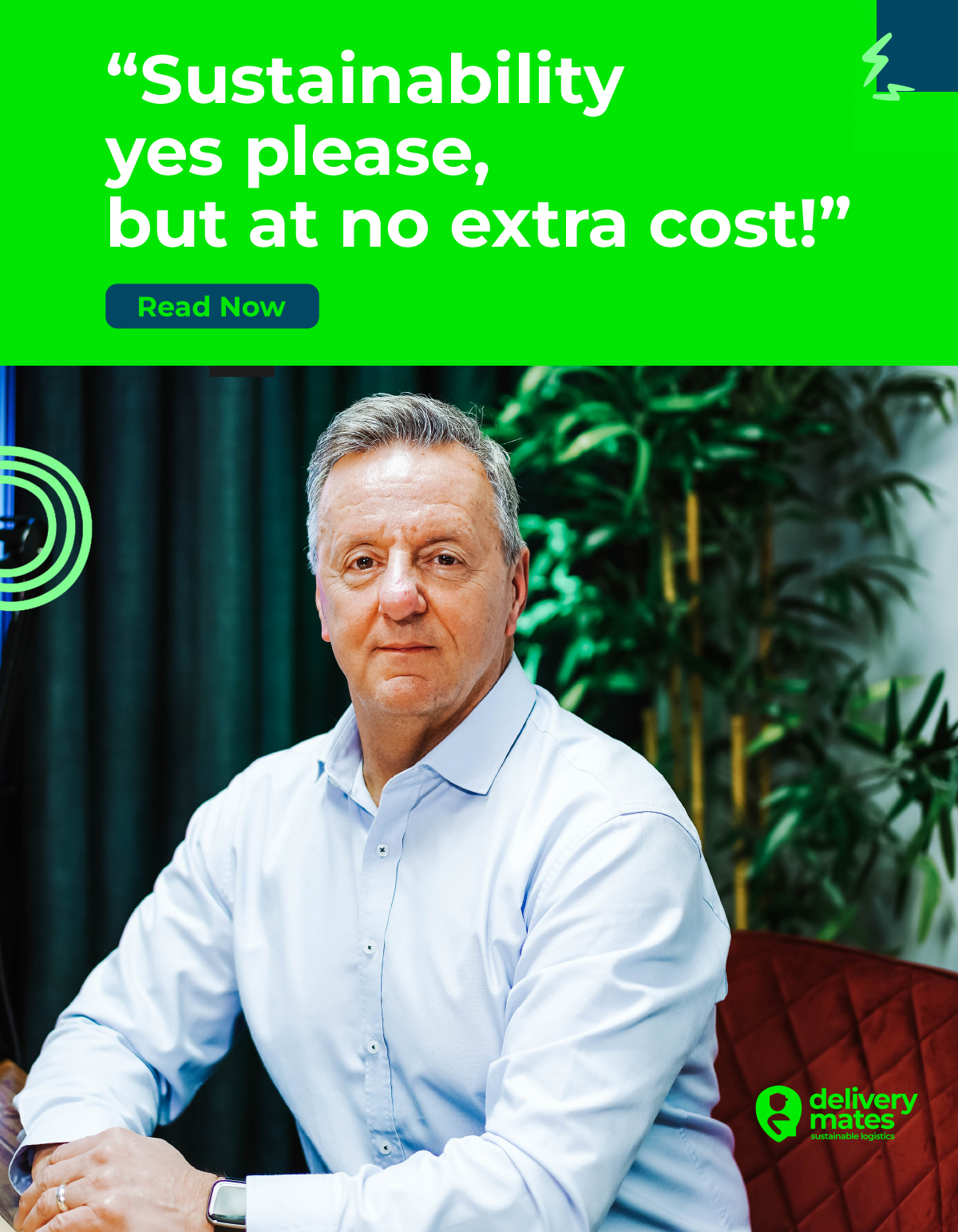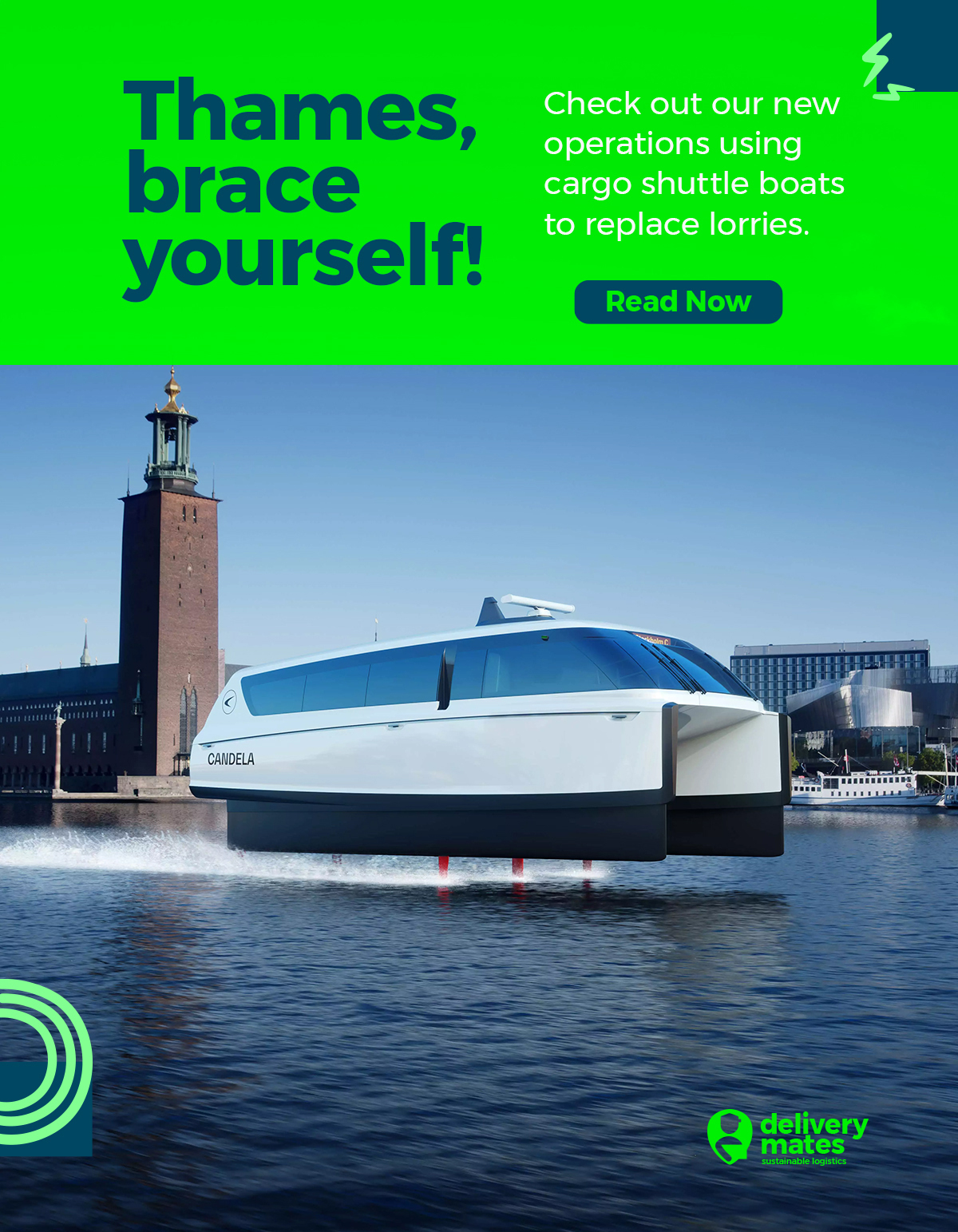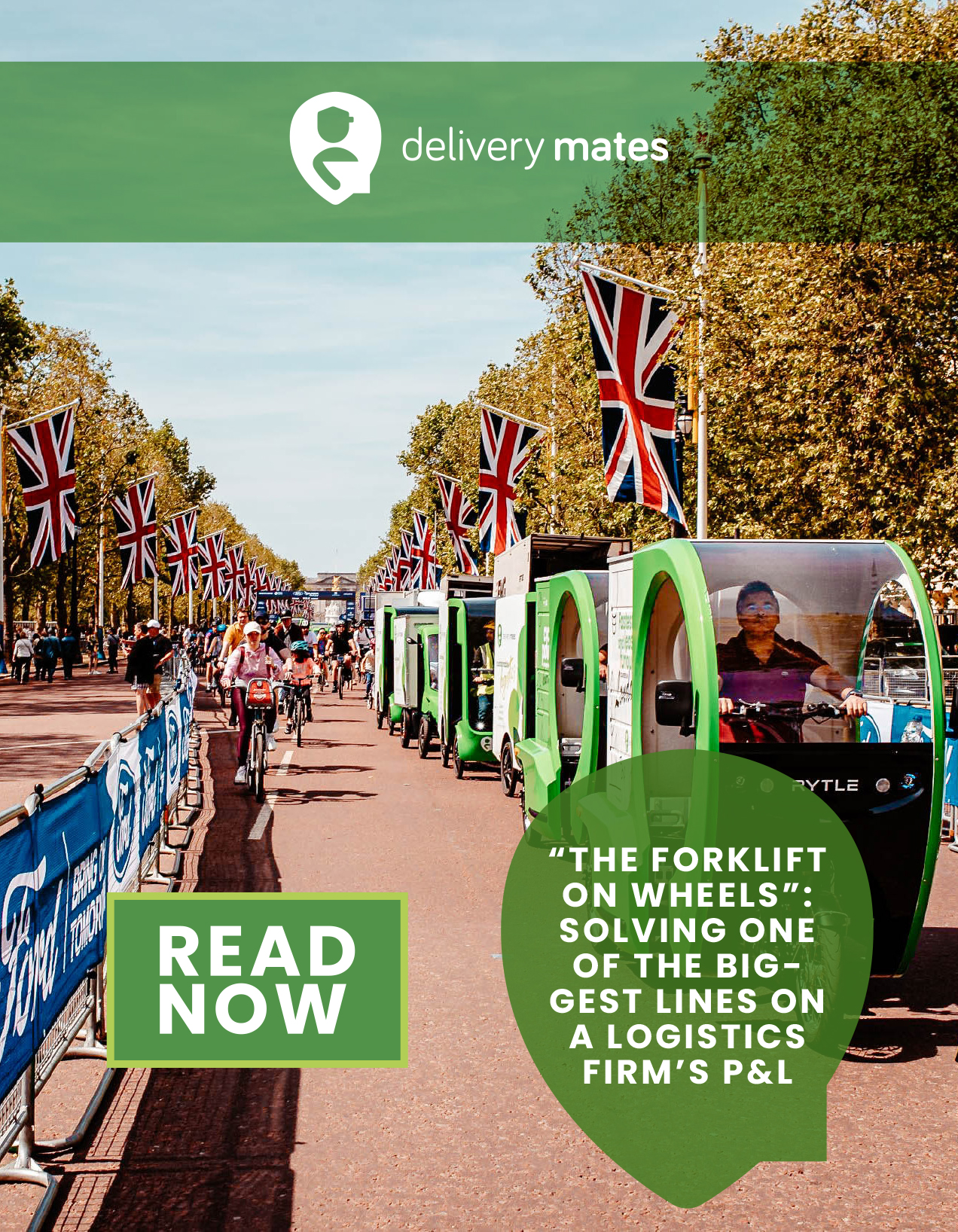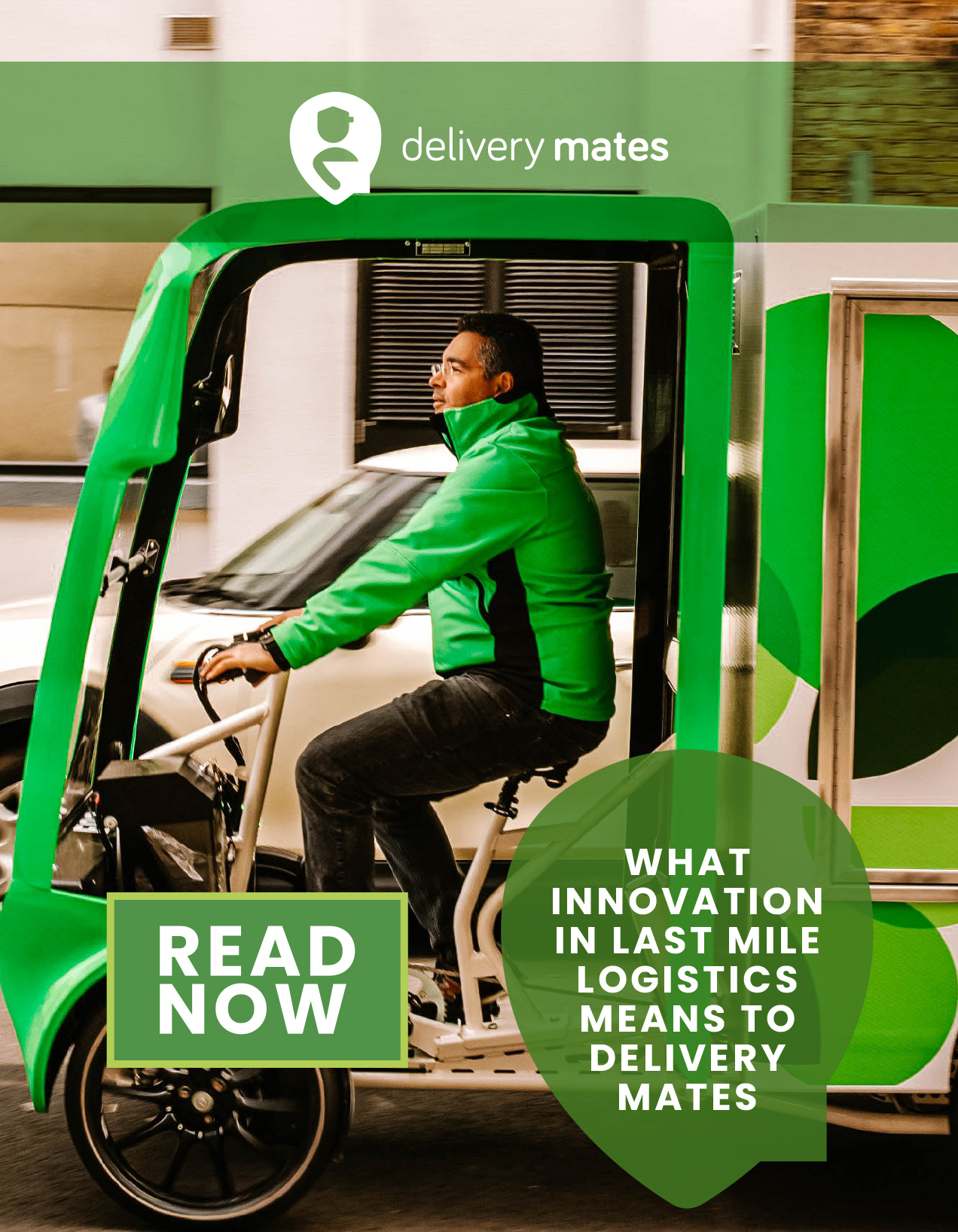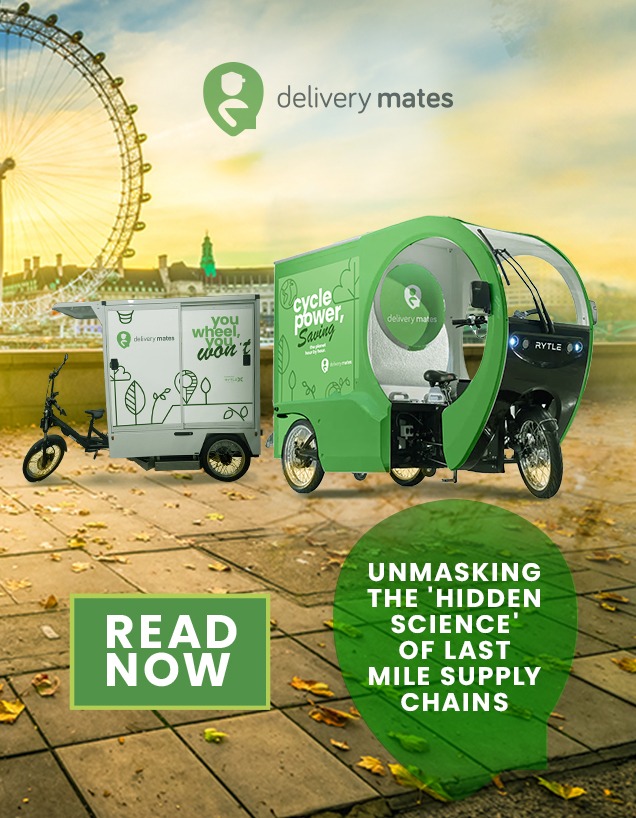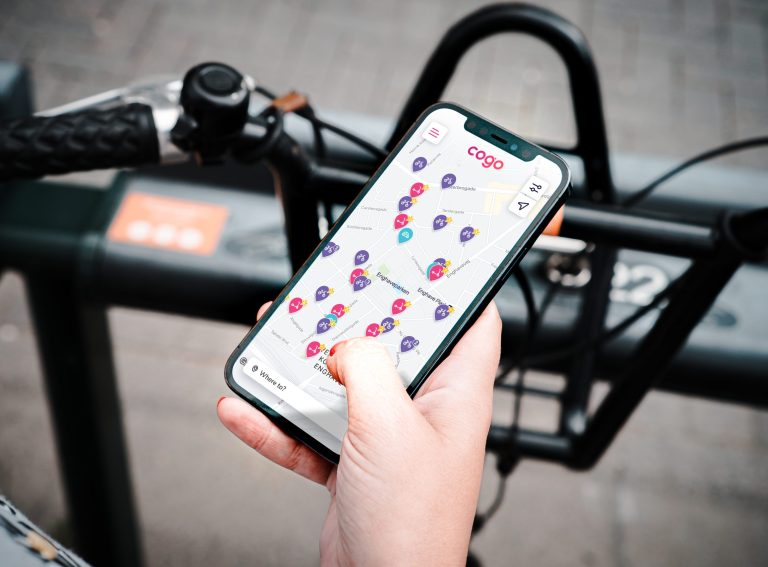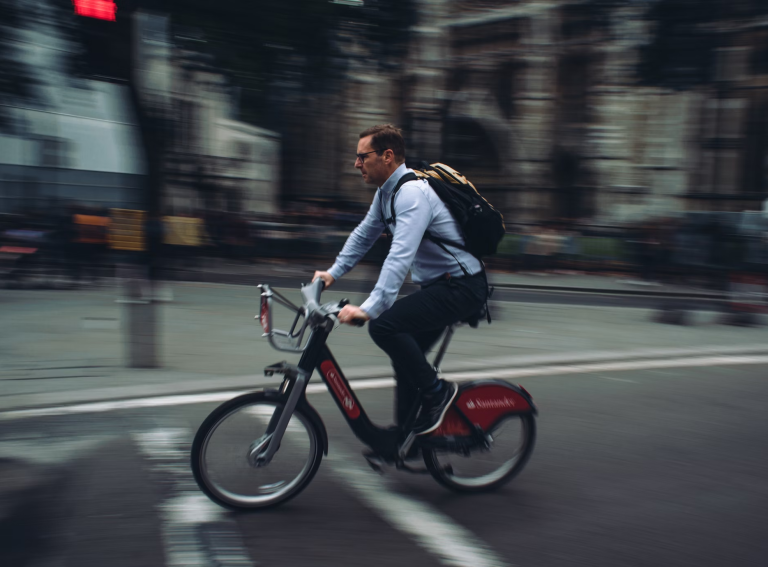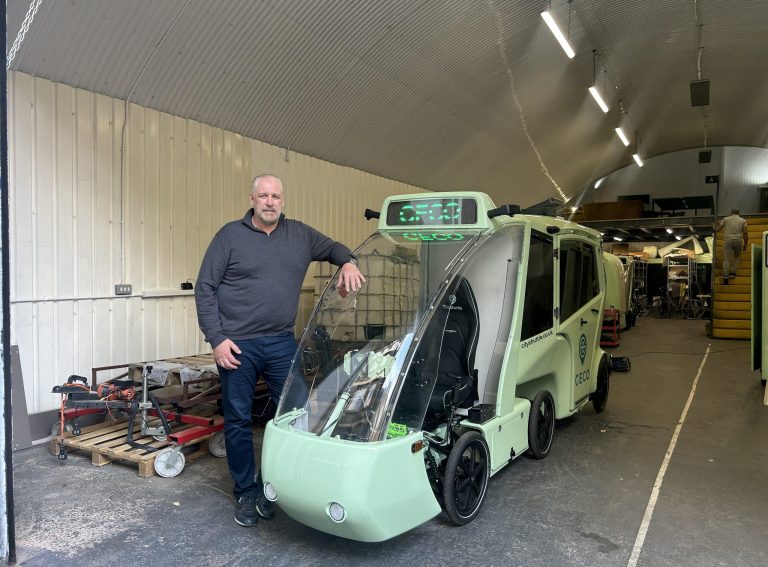Micromobility operator Tier has seen more than five million trips taken through its MaaS partner integrations since they were first launched in 2019.
Public or private, MaaS platforms combine various transport modes all in one app to make it simpler for customers to use different vehicles within one journey.
Tier’s vehicles are available to book through over 70 such platforms in 250 cities across 19 countries.
Last year, the firm’s MaaS rides spiked 180% with almost three million rides. These trips were taken through MaaS platform integrations across the three brands – Tier, Nextbike and Spin.
“This proves that MaaS is not just hype,” Tier’s Global MaaS Lead and Public Policy Manager Storm Gibbons told Zag Daily. “It shows just how powerful shared micromobility can be as a connector between public transport and other services like ride sharing.”
Task force
Over the past few years, the company set up a dedicated task force to establish MaaS integrations in the markets it operates in.
“Our vision has always been to change mobility for good,” says Gibbons. “Since communities have very different needs, we need to provide them with a range of different mobility options to effectively draw them away from cars, which is where MaaS comes in.”
To provide users with a seamless experience, Gibbons says the company works very closely with public transport providers and private partners like Free Now, Sixt, MaaS Global and Google Maps to drive MaaS forward.
Public platforms, which are generally built around public transport, make up 69% of the company’s integrations.
“People are already using these apps to buy their bus, tram or metro tickets and, in addition, they get to see our vehicles as a good first and last mile option,” says Gibbons. “They don’t see us as a threat, but as a service that complements their services.”
Strategic platforms
An important element for Tier’s MaaS integration effort is to choose the right platforms to congregate as many users as possible in each market.
“You don’t want to have three different apps in one city,” says Gibbons. “If we really want to draw people away from cars, we need to make sure that we focus our attention where it’s most likely to have an impact.”
In such partnerships, the company works with two kinds of MaaS integrations: deep links and deep integrations. In the first, Tier vehicles are seen in the partner’s app, but the payment is made on the operator’s own platform.
On deep integrations, however, the entire process of booking and payment happens within the MaaS partner platform. “These require a lot more effort to implement, as we need to make sure that the tech integrations, as well as accounting and customer care processes are in place.”
According to Gibbons, 85% of the company’s five million MaaS rides have been taken within deep integration partnerships. “People really use our vehicles within other partners’ apps, which is a great development to see.
“The deep link integrations are a lot easier for us to set up and, in many cases, we still see that they have a significant impact. So we’re supportive of both, and which one we do depends on the needs of the city and of our partner apps.”
Challenges to MaaS
Apart from the technical challenges of integrating digital services between different platforms, Tier’s MaaS Lead highlights that the strategy can only work efficiently if the physical infrastructure is also in place.
“A good example of that is having mobility hubs around public transport stations,” says Gibbons. “We see that in Berlin, where the hubs are branded with BVG and through the app people can use our vehicles.”
Another important side to the strategy is making it commercially attractive. “A big part of that is around MaaS platforms finding different bundles, such as paying one price to access different modes all at once. This could also be city or government led.”
On a societal level, Gibbons says it is important to nudge users towards more environmentally friendly options. “They’re not only looking at the costs but also what their climate footprint would be from the available options.”
Tier MaaS target
Tier had deep integrations in place in 65% of the cities they operate by the end of 2022. The company aims to increase that figure to 80% by 2025.
“We continue to talk to new MaaS partners about potential integrations. There are more to come in the next few months.
“Though five million rides is a really significant milestone, a lot more needs to be done for the full potential of MaaS to be achieved. It’s still a relatively small proportion of our total rides and we want to see that grow to rival the use of private cars.”

